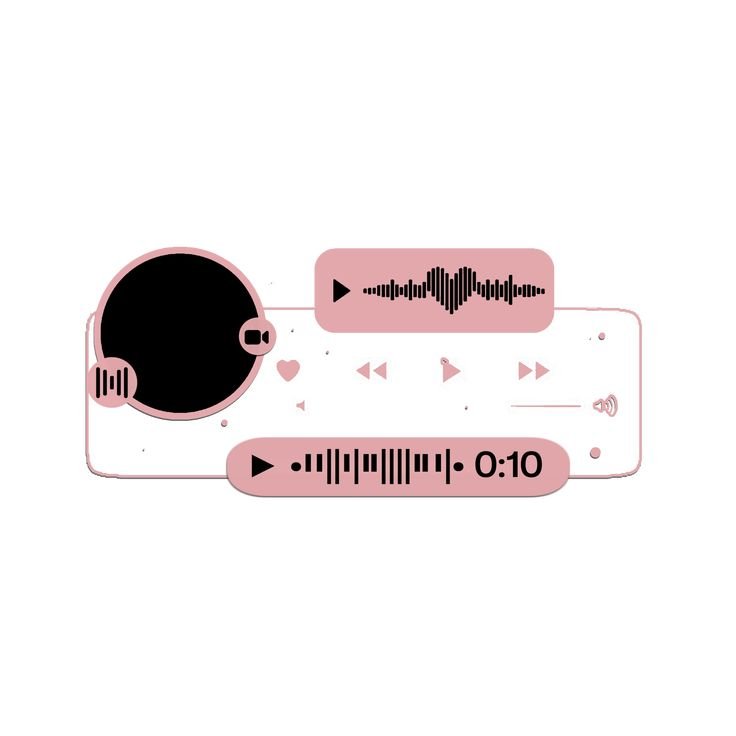(5) New massage 📩 sent to you 💞 tap to Open 🎀🌷
In today’s interconnected world, social media platforms and messaging apps have become essential tools for communication. Messages and friend requests from people we know—or even those we don’t—are often a part of our daily online interactions. But as digital communication becomes more ubiquitous, it also opens the door to a range of potential threats.
The phrase “Send You (5) Messages 📩 and Friend Request 🫂💞✨” might seem like an innocent notification from a friend or acquaintance. It could even seem like an exciting opportunity to reconnect with someone. However, beneath these seemingly harmless notifications can lie the darker world of social engineering, phishing scams, and identity theft. In this article, we’ll explore the dangers of unsolicited messages, suspicious friend requests, and how to recognize and protect yourself from these hidden threats.
The Rise of Digital Communication and the Dangers Within
Social media and messaging platforms have reshaped how we connect with one another. From Facebook to Instagram, LinkedIn to WhatsApp, we are constantly exchanging messages and adding new connections. The ease with which we can communicate and share personal details, however, has also made it a prime target for cybercriminals. Scammers use a variety of tactics to exploit our trust in these platforms, and messages like “Send You (5) Messages 📩 and Friend Request 🫂💞✨” are perfect examples of how these dangers manifest.
When we receive a message notification with an emotional appeal—such as a heart emoji or a friendly gesture like the “friend request”—our natural response is to open the message and engage with the sender. The heart and hug emojis suggest intimacy, friendship, and care, which are universally appealing. However, scammers are keenly aware of how to exploit human emotions to their advantage.
How Scammers Use Messages and Friend Requests to Trick Victims
Phishing Through Messages
Phishing is one of the most common tactics employed by cybercriminals to gain access to personal information. In this case, the message may appear to be from a friend, family member, or even someone you’ve recently met online. The number (5) in the phrase might refer to the idea of having multiple unread messages, which creates a sense of urgency. In the hustle of daily life, people often don’t scrutinize such messages and are quick to click on them.
The messages may contain links that lead to fake websites. These sites might look very much like the login pages of popular platforms like Facebook, Instagram, or Google. If you enter your login credentials on these sites, scammers can steal your information and use it to access your real accounts. The goal of phishing messages is to convince you to click on a link and either enter sensitive information or download malware.
Friend Requests as a Gateway to Personal Information
The friend request part of the phrase is another social engineering tactic. Cybercriminals can send you a friend request from an account that appears to be legitimate—maybe even someone you recognize from a mutual friend or group. Once they gain access to your network, scammers can monitor your activity and gather personal information. They may even study your interactions, hobbies, and friends to craft a more convincing scam.
In some cases, scammers will go a step further and create a fake profile, using stolen pictures and fabricated details to appear more trustworthy. They’ll then initiate conversations with you, hoping to build rapport and trust before requesting personal or financial information. Sometimes, they may even try to manipulate you emotionally, offering false promises or pretending to be in urgent need of help.
Creating Fake Opportunities
Another way scammers use messages and friend requests is by enticing you with fake opportunities. For example, they might send you a message saying, “I have a job offer for you!” or “I’ve found an amazing investment opportunity.” These types of messages often come with an offer to click on a link to learn more. The aim here is to exploit your curiosity or your desire for success or financial gain.
Once you click the link, you may be directed to a website where you’re asked to input personal details, such as your Social Security number, bank account information, or payment details. In some cases, the scammer might ask you to pay upfront fees for a job or investment that never materializes.
The Dangers of Engaging with Suspicious Messages
When we receive a message or friend request that seems too good to be true, our impulse might be to respond immediately, especially when we see friendly or enticing emojis. However, engaging with suspicious messages can expose you to several risks:
Identity Theft: As mentioned earlier, cybercriminals may use these methods to steal your personal information. This could include everything from login credentials to your financial information. Once they have enough data, they can impersonate you, make fraudulent purchases, or open accounts in your name.
Malware and Ransomware: Clicking on a malicious link can result in the installation of malware on your device. This could be spyware, which silently monitors your activities, or ransomware, which locks your files and demands payment for their release. These malicious programs can compromise the security of your devices and your personal data.
Loss of Trust with Friends and Family: If a scammer gains access to your account, they might begin sending similar messages to your contacts, pretending to be you. This can result in a loss of trust from those you know, as they may believe that you are sending them spam or engaging in suspicious activities. It could even harm your reputation online.
Financial Loss: If a scammer convinces you to provide your payment details or ask for money, you could face financial loss. Some scams even involve requesting large sums of money for fabricated emergencies or fake investments.
How to Protect Yourself from Social Media Scams
Given the potential risks, it’s crucial to take steps to protect yourself from falling victim to these types of scams. Here are several tips to safeguard your digital presence:
Be Cautious of Unknown Messages and Friend Requests: If you receive a message or friend request from someone you don’t know personally, take a moment to verify their identity before responding. If the message seems off or too urgent, it could be a scam.
Look for Red Flags: Be wary of messages that ask for personal information, such as your login credentials, credit card details, or Social Security number. Scammers often use urgent language like “Act Now” or “Limited Time Offer” to pressure you into responding quickly.
Verify Suspicious Links: If you receive a message with a link, hover over the link (without clicking) to see where it leads. Scammers often use fake websites with URLs that are similar to legitimate ones but contain subtle differences. If the link looks suspicious, don’t click on it.
Enable Privacy Settings: Ensure that your social media accounts are set to private, limiting the number of people who can view your personal information. This helps reduce the likelihood of scammers accessing your data.
Educate Your Contacts: Let your friends and family know about the risks of digital scams and encourage them to be cautious as well. If you believe your account has been compromised, notify your contacts immediately and let them know not to engage with any suspicious messages from your account.
Use Two-Factor Authentication: Set up two-factor authentication on your social media accounts for an extra layer of security. This requires a second form of verification (such as a code sent to your phone) in addition to your password, making it harder for hackers to gain access.
Conclusion
Receiving a message that says “Send You (5) Messages 📩 and Friend Request 🫂💞✨” can be tempting, but it’s essential to approach such notifications with caution. Scammers exploit emotions like curiosity, urgency, and trust to deceive individuals into providing personal information or engaging in risky behavior. By understanding the tactics they use and following best practices for online safety, you can protect yourself from falling victim to these scams.
In the end, remember that no legitimate friend or business will ever ask for your sensitive information through unsolicited messages or friend requests. Always double-check the source, and when in doubt, don’t hesitate to block or report suspicious accounts.







